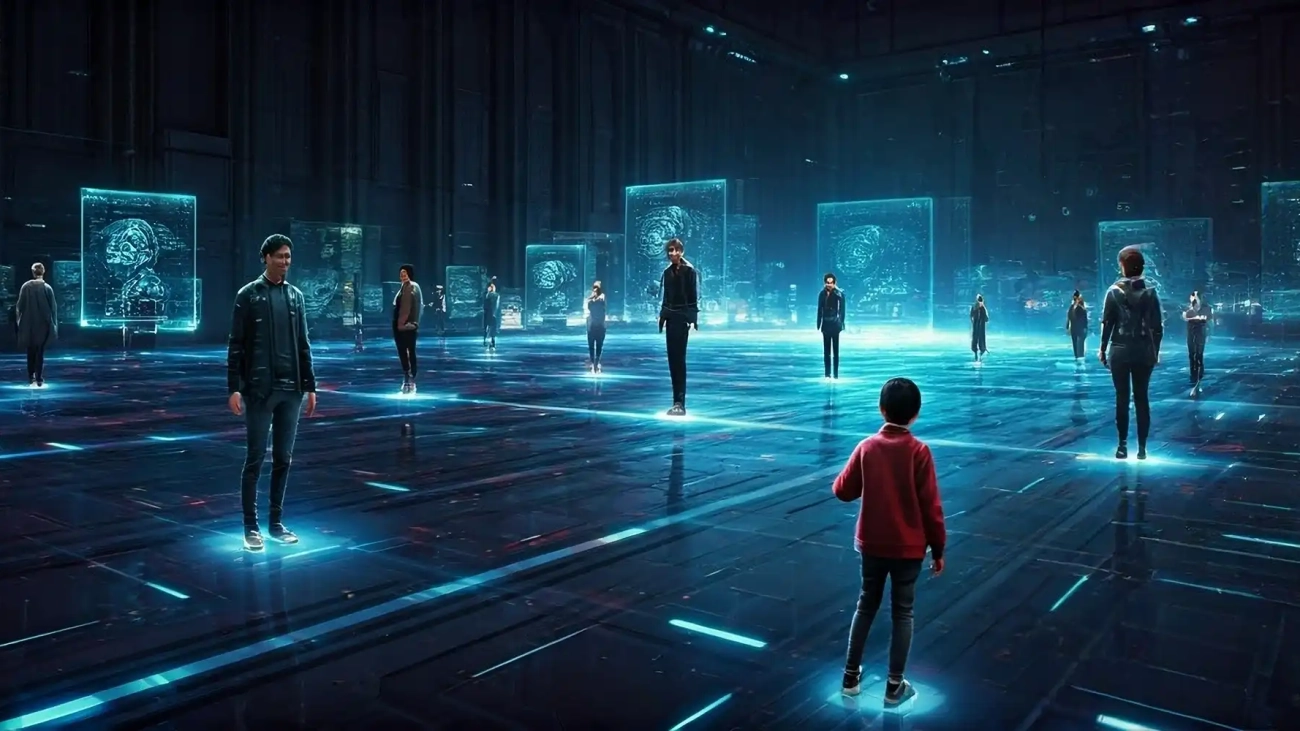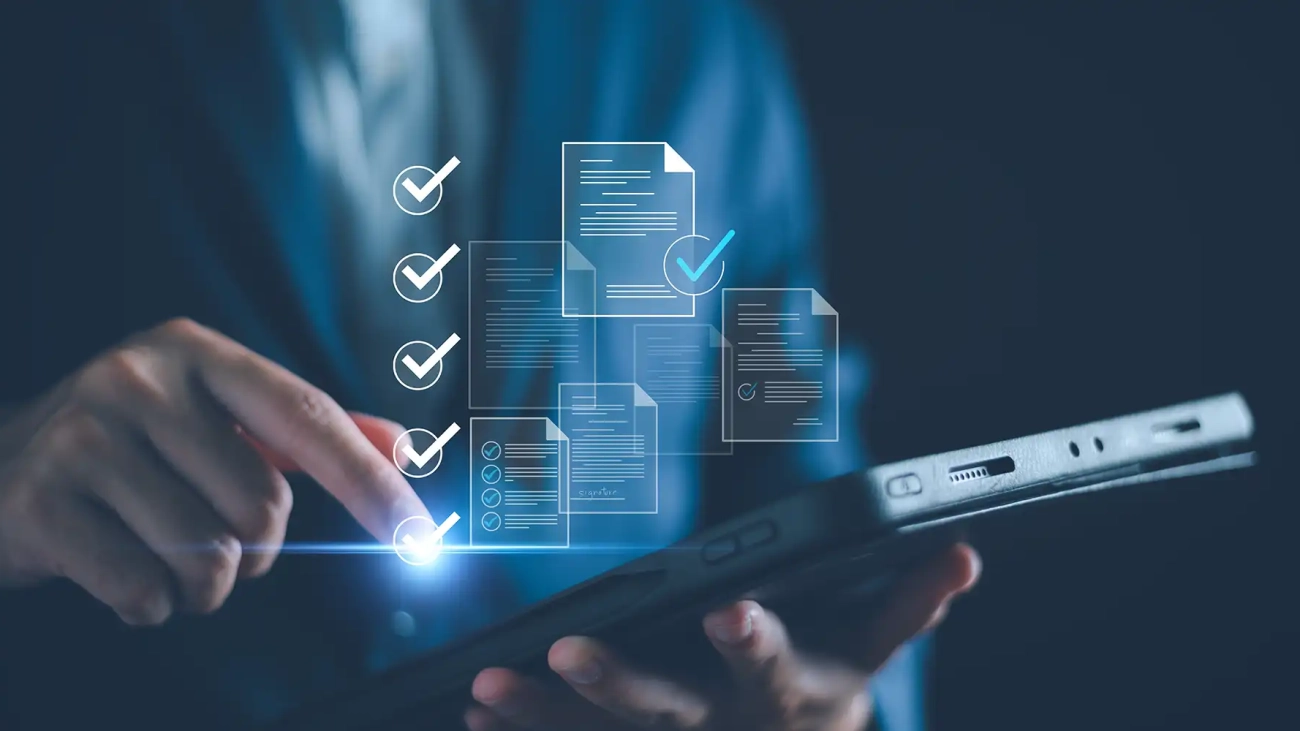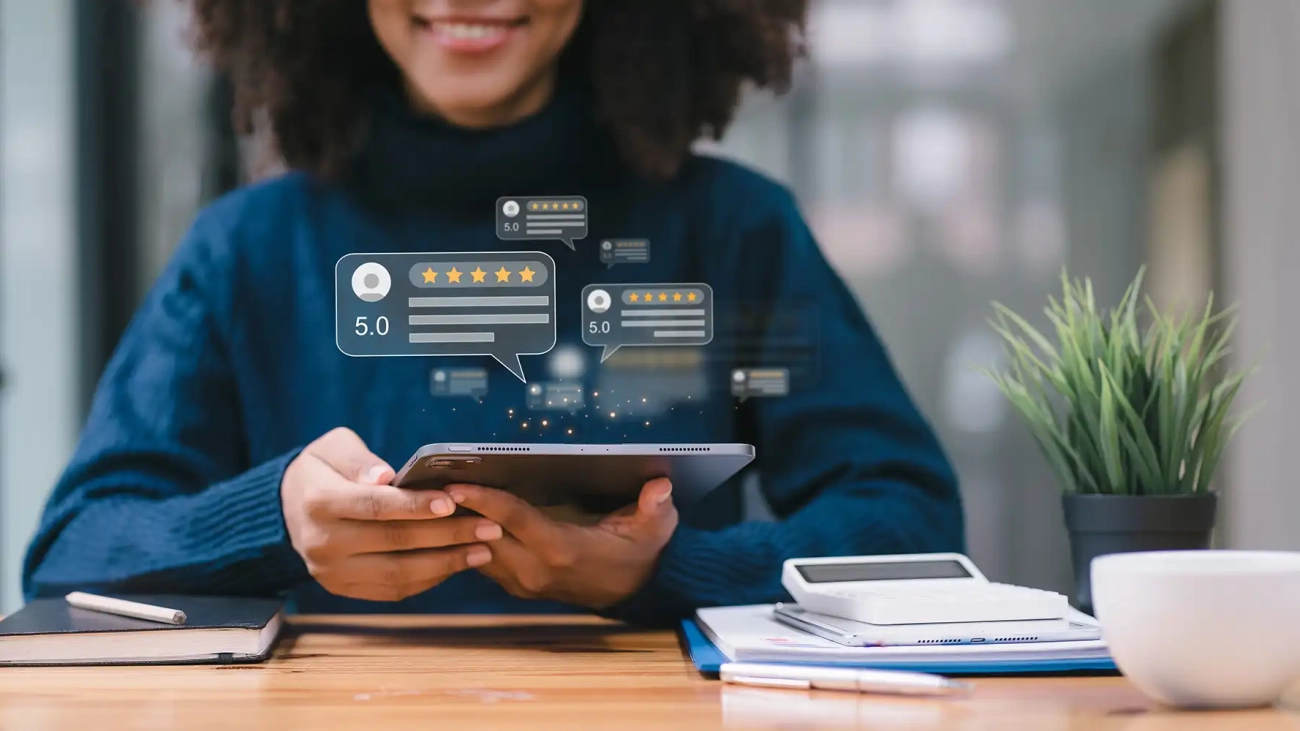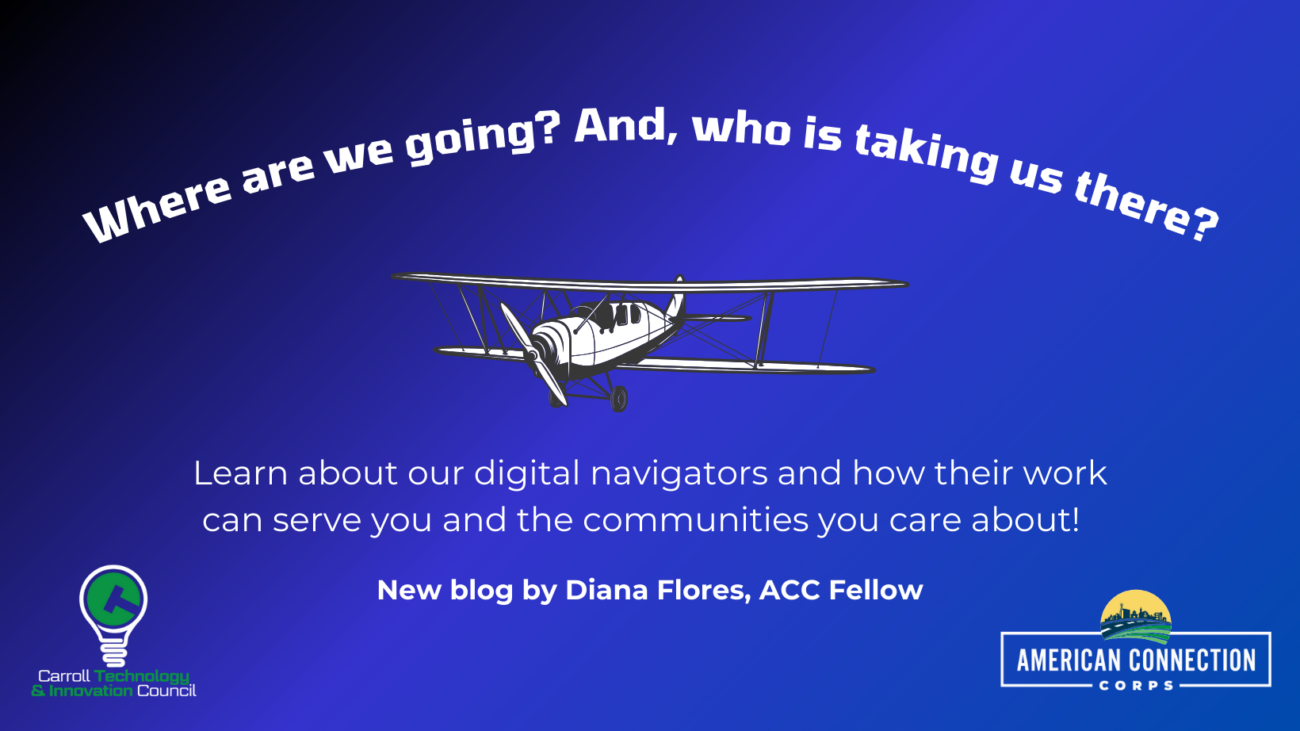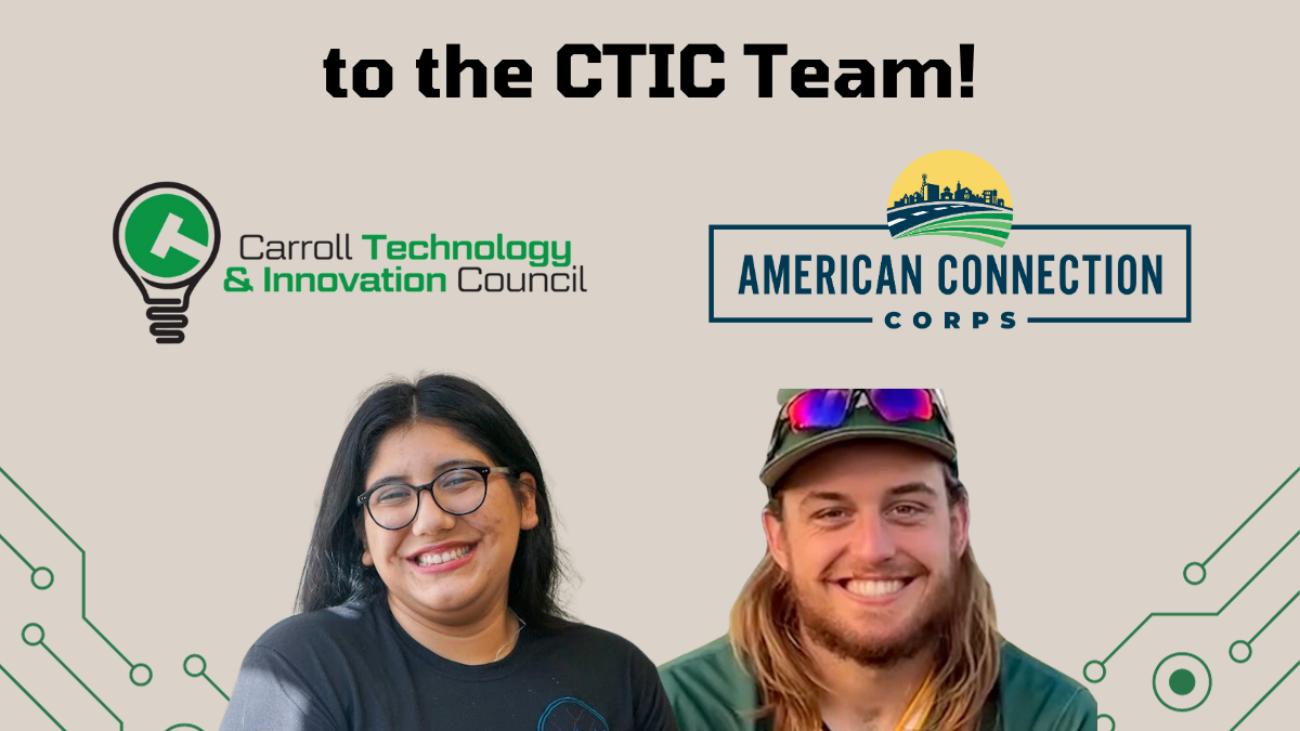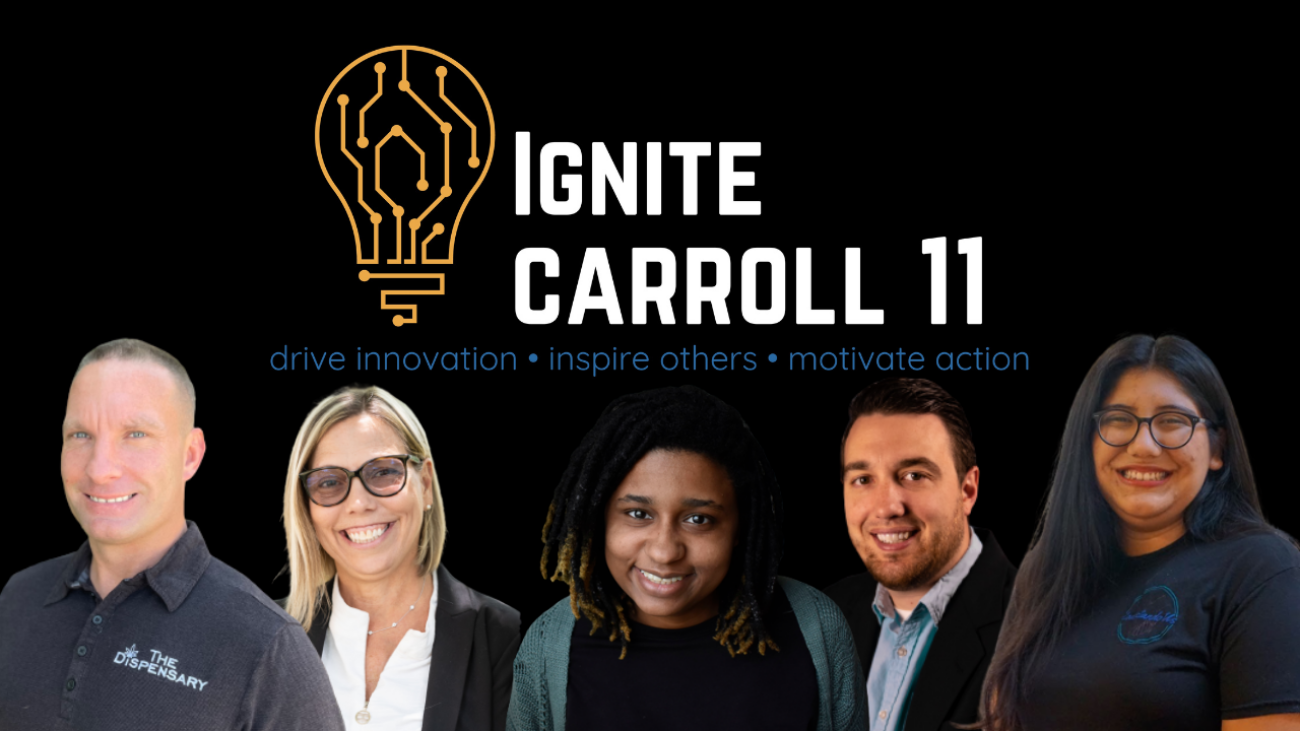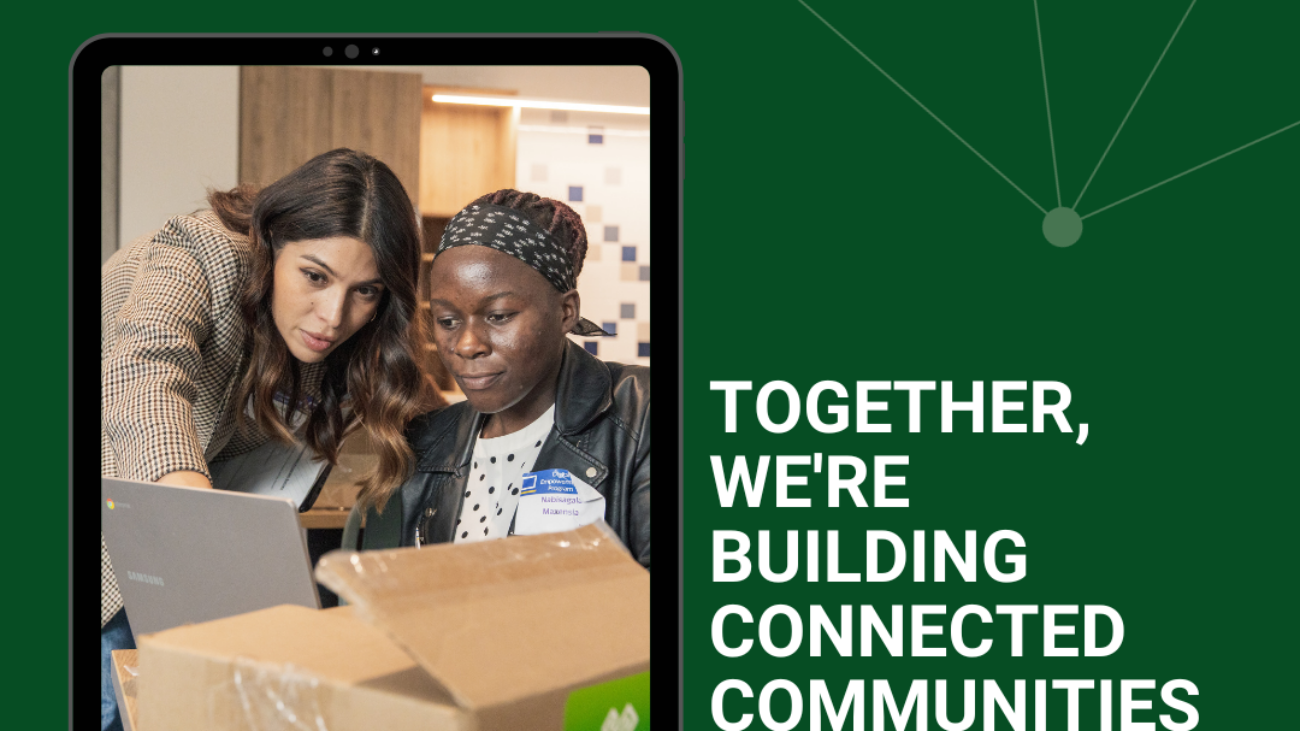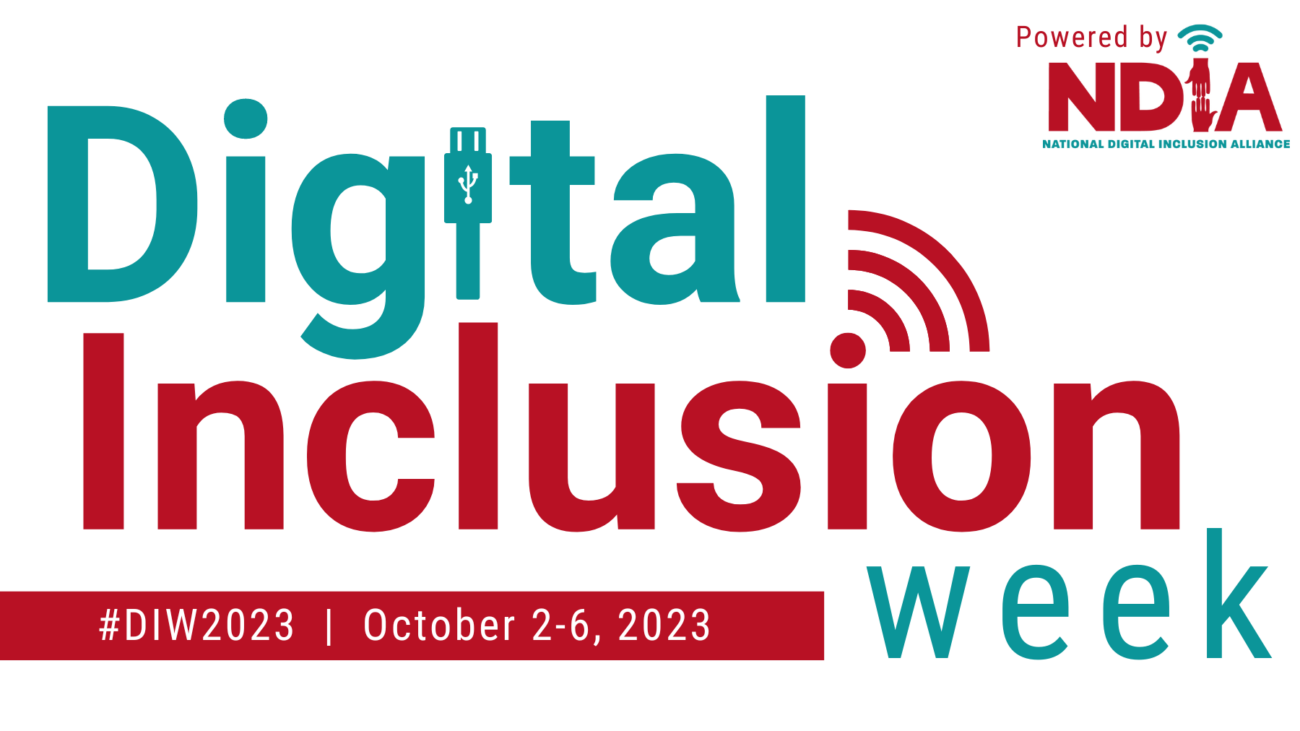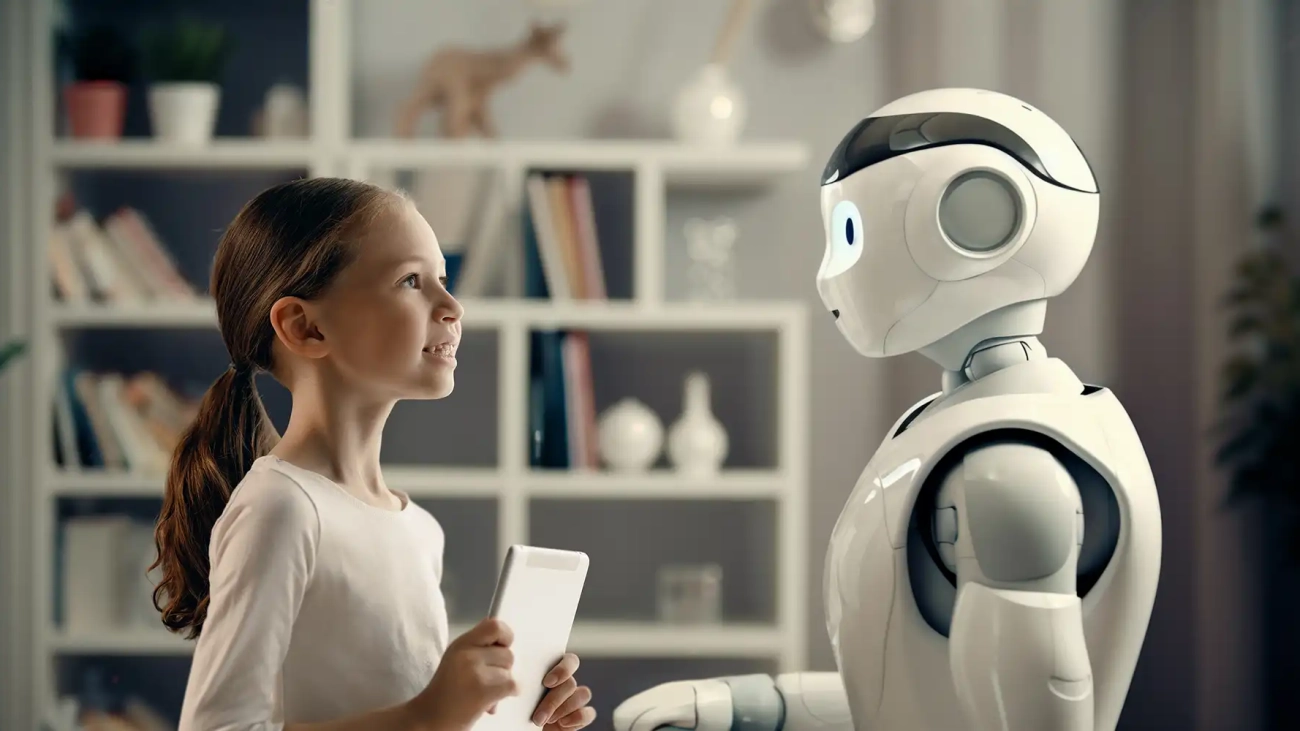January 11, 2024, the Federal Communications Commission (FCC) released an Order informing that the Affordable Connectivity Program (ACP) is expected to end Spring 2024.
In 2021, Congress established the Affordable Connectivity Program in the Bipartisan Infrastructure Law and appropriated $14.2 billion for the program. The FCC was tasked to develop and implement the ACP as well as ACP outreach and awareness activities.
Since its implementation, over 22.5 million households nationwide, and more than 279,909 households across Maryland – 1 in 8 households – have utilized the program’s monthly $30-75 discount on internet service. District 2, comprised of parts of Carroll and Baltimore counties and small portions of the Baltimore city, has 30,153 households enrolled – 10% of all households.
The program is projected to run out of funding by April 2024. If this forecast is correct and no additional funding from Congress is received, we expect to see a statement from the FCC in March 2024, announcing the last fully funded month of the ACP.
Consumers must enroll in the program by February 7, 2024, 11:59 EST. Enrollment consists of ACP approval and enrollment with an internet company, so potential consumers should not delay in starting the process as it needs to go through FCC approval and internet service provider initiation.
All households enrolled in the ACP will continue to receive the benefit on their internet service until ACP funding. During the wind-down period, ACP households will receive notices from their internet company about the status and the impact of the ACP benefit ending:
-
- Notification 1: Late January 2024, consumers will be updated about the possibility of ACP’s end and the potential bill impact.
- Notification 2: Fifteen days after FCC announces the last fully funded month of the ACP, consumers will be told of the ACP’s ending, date of the last bill ACP will be applied, cost of the bill without the ACP discount, and information about changing or stopping service.
- Notification 3: During the customer’s last bill or last billing cycle with ACP benefit, consumers will be reminded of the ACP’s ending, date of the last bill ACP will be applied, cost of the bill without the ACP discount, and information about changing or stopping service.
Internet service providers and U.S. Senators and Representatives are advocating for the continuation of internet service discounts to eligible households.
“Congress should continue to fund the ACP because Internet access has become essential to modern life, and one’s economic situation should not dictate whether or not they can participate in today’s economy,” said Kevin Brown of Quantum Internet and Telephone, a local family owned and operated Internet and telephone service provider based in Manchester, MD.
U.S. Senators Peter Welch (D-Vt.), JD Vance (R-Ohio), Jacky Rosen (D-Nev.), and Kevin Cramer (R-N.D.) and U.S. Representatives Yvette D. Clarke (NY-09) and Brian Fitzpatrick (PA-01) led their colleagues in the bicameral, bipartisan introduction of the Affordable Connectivity Program Extension Act (H.R.6929 / S.3565). The legislation would provide $7 billion for the ACP.
Digital equity organizations are showcasing the impact of ACP in hopes of displaying to legislators the power of the program for workforce development, community connection, and individual involvement in all sectors of life.
ACP Alternatives
Folks can also explore Lifeline, a federal program that helps limited income consumers pay for their telephone and internet services by providing a monthly discount. The cost of the program is shared by all telephone customers. In Maryland the program is called Tel-Life. You will sign up through a Lifeline provider company directly. Many companies advertise their Lifeline services, or you may find a list at www.lifelinesupport.org. When you sign up for Lifeline, you will need to provide full legal name, date of birth, last four digits of Social Security number, and address.
ACP Wind-Down Resources:
ACP Wind-Down Fact Sheet
ACP Wind-Down FAQ
Programa de Descuentos para Internet (ACP) hoja informativa sobre el fin del programa


